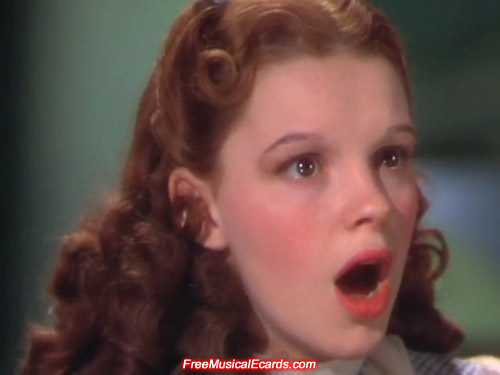For my return to the Film Institute, we will discuss one of my favorite recurring motifs from my days as chief proprietor of the 'stute...TELLING THE STORY WITH THE CAMERA!
To do so, we look at some famous and important scenes from recent cinema and discuss their significance.
1. Define and utilize mise-en-scene.
2. Through examples of excellent visual themes, we will breakdown and analyze film using the conventions of miss-en-scene.
Discussion Points: movement, positioning, light, camera position ECU, eye level
Roger Ebert:
"In simplistic terms: Right is more positive, left more negative. Movement to the right seems more favorable; to the left, less so. The future seems to live on the right, the past on the left. The top is dominant over the bottom. The foreground is stronger than the background. Symmetrical compositions seem at rest. Diagonals in a composition seem to "move" in the direction of the sharpest angle they form, even though of course they may not move at all. Therefore, a composition could lead us into a background that becomes dominant over a foreground. Tilt shots of course put everything on a diagonal, implying the world is out of balance. I have the impression that more tilts are down to the right than to the left, perhaps suggesting the characters are sliding perilously into their futures. Left tilts to me suggest helplessness, sadness, resignation. Few tilts feel positive. Movement is dominant over things that are still. A POV above a character's eyeline reduces him; below the eyeline, enhances him. Extreme high angle shots make characters into pawns; low angles make them into gods. Brighter areas tend to be dominant over darker areas, but far from always: Within the context, you can seek the "dominant contrast," which is the area we are drawn toward. Sometimes it will be darker, further back, lower, and so on. It can be as effective to go against intrinsic weightings as to follow them."
https://www.youtube.com/watch?v=i6zhqOcfqQA
Ok, so now that we've learned some miss-en-scene...let's analyze some visual decisions in this scene. Play director for me...why do some of the things that Van Sant does.
The next step when looking at Van Sant's work is shot length. It's funny how long takes can do very different things to an audience. The length of Van Sant's second shot in the park scene has some obvious effects. But...see how long shots produce very different outcomes. Here are two of the most amazing, famous tracking shots in film history.

No comments:
Post a Comment